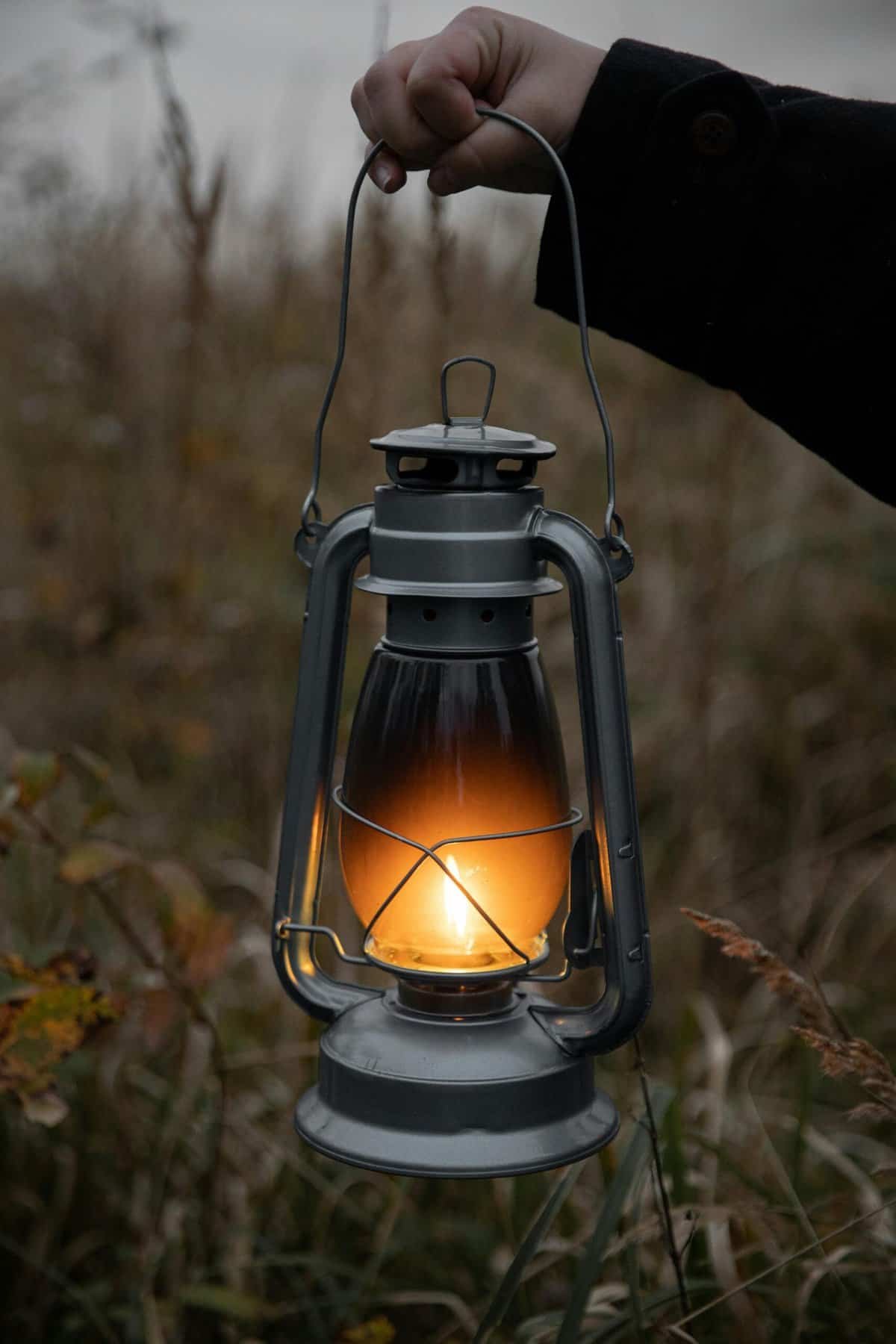Have you ever found yourself captivated by the fascinating world of tarantulas, specifically the fast-moving species? Understanding how to properly handle these creatures is essential, not only for your safety but also for the well-being of the tarantula. Proper handling isn’t just about picking them up; it encompasses a range of techniques and knowledge that ensures you and your eight-legged friend remain secure.
Understanding Fast-moving Tarantula Species
Fast-moving tarantulas are known for their speed and agility, characteristics that can be both intriguing and intimidating. These species typically belong to the Old World classification, including genera such as Poecilotheria, Heteroscodra, and Stromatopelma. Unlike their New World counterparts, Old World tarantulas lack urticating hairs and rely more on their speed, aggression, and venom for defense.
Why They Move So Fast
Fast-moving tarantulas evolved in environments where swift movement was necessary for survival. Their speed helps them escape predators and catch prey more efficiently. Understanding this natural behavior is key to appreciating why they react the way they do when approached or handled.

Basic Safety Precautions
Handling fast-moving tarantulas requires stringent safety measures to prevent accidents and ensure a stress-free experience for both you and the tarantula.
Wear Protective Gear
While not always necessary, wearing gloves can provide an added layer of protection, especially if you are new to handling tarantulas. Long sleeves are also advisable.
Secure the Environment
Ensure the room where you plan to handle the tarantula is secure. Close windows and doors to prevent escape and make sure the area is free of potential hazards, such as other pets or children.
Tools and Equipment
Having the right tools will make the handling process smoother. Common items include:
| Tool | Purpose |
|---|---|
| Catch Cup | To safely contain the tarantula |
| Soft Brushes | To gently guide the tarantula during handling |
| Tweezers | To maneuver objects without having to use your hands |
| Tongs | For lifting larger items that might be obstructing the tarantula |

Preparing to Handle Your Tarantula
Preparation is crucial for a successful handling experience. Proper preparation steps involve both mental readiness and physical setup.
Understanding Your Tarantula’s Behavior
Before attempting to handle your tarantula, spend time observing its behavior. Take note of its activity patterns, preferred hiding spots, and feeding responses. Understanding these behaviors will help you predict how it will react during handling.
Timing and Environment
The ideal time to handle your tarantula is during its inactivity phase. Many species are nocturnal, so handling them during daylight hours can often reduce stress. Make sure the environment is quiet and free from sudden noises or movements that could startle the tarantula.

The Handling Technique
A step-by-step approach to handling can ensure a safe and stress-free experience.
Step 1: Initial Approach
Slowly and calmly approach the tarantula. Sudden movements can alarm it, causing it to retreat or act defensively. Speak softly or remain silent to maintain a calm environment.
Step 2: Positioning the Catch Cup
Have the catch cup ready and gently place it over the tarantula. Use a thin, flat object to coax the tarantula into the cup if necessary. Be gentle and patient; rushing this step can lead to an accident.
Step 3: Securing the Tarantula
Once the tarantula is in the cup, carefully slide a piece of cardboard or similar material underneath to secure it. This ensures that the tarantula cannot escape and move unpredictably.
Step 4: Releasing into Your Hand
Quickly but carefully tip the catch cup so the tarantula can walk into your hand. Keep your hand steady and slightly cupped to provide a secure landing spot.
Step 5: Holding and Observing
Hold the tarantula with a gentle and steady hand. Avoid any squeezing or sudden movements. Observe your tarantula’s behavior and be ready to place it back in its enclosure if it begins to show signs of stress or aggression.
Step 6: Returning to the Enclosure
To return the tarantula to its enclosure, reverse the process. Use the catch cup to gently guide it back. Make sure the enclosure is open and ready to receive the tarantula.

Handling Challenges and Solutions
Even with the best techniques, you may encounter challenges while handling fast-moving tarantulas. Here are some common issues and solutions.
Defensive Posture
If your tarantula takes a defensive stance, remain calm and still. Allow it to settle before attempting to handle it again. Defensive behavior is often a sign of stress or fear, and forcing the issue can lead to bites.
Sudden Movements
Fast-moving tarantulas can make quick, unexpected movements. Keeping the environment clear of obstacles and having a secure grip on the catch cup can mitigate the risks of sudden dashes.
Escapes
In the event of an escape, stay calm. Locate the tarantula and use the catch cup method to recapture it. Never attempt to grab the tarantula with your hands, as this can injure both you and the tarantula.

Conclusion
Handling fast-moving tarantula species requires a blend of preparation, understanding, and patience. By wearing protective gear, securing the environment, and using proper tools, you create a safe space for both you and your tarantula. The step-by-step technique helps to minimize stress and allows for a more controlled handling experience.
Remember, respect for these fascinating creatures is paramount. The more you interact with them, the better you will understand their behaviors and needs. Whether you are a seasoned tarantula enthusiast or a curious beginner, mastering these handling techniques will enrich your experience and ensure the safety of all involved.